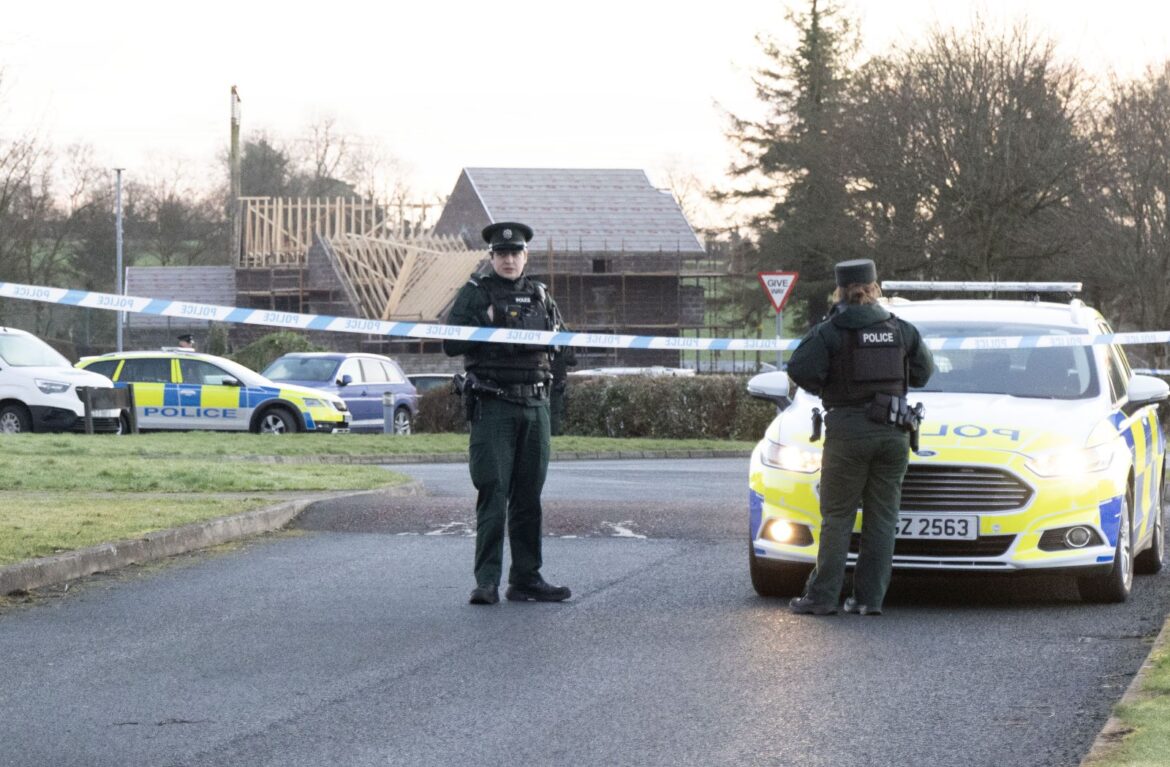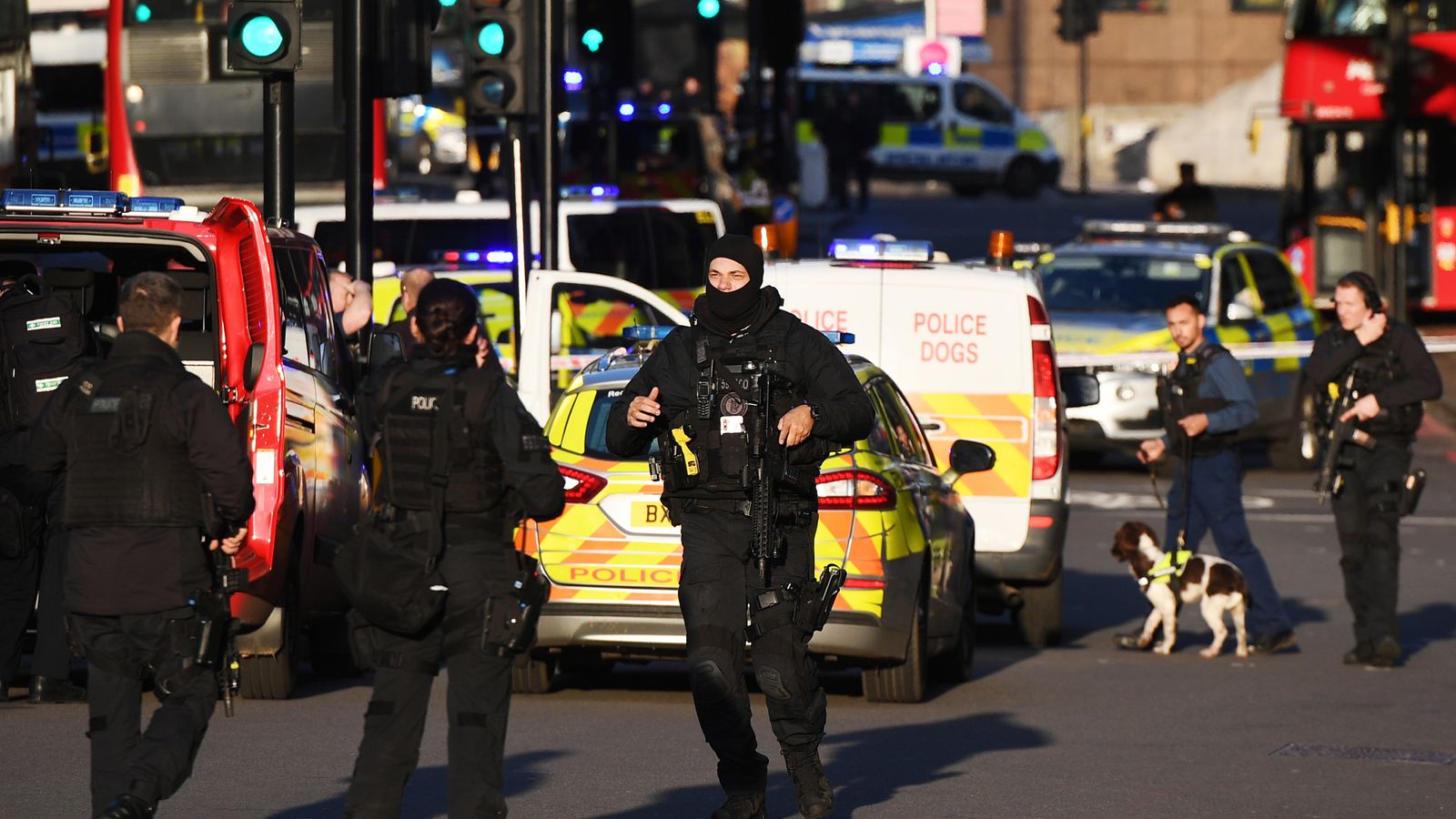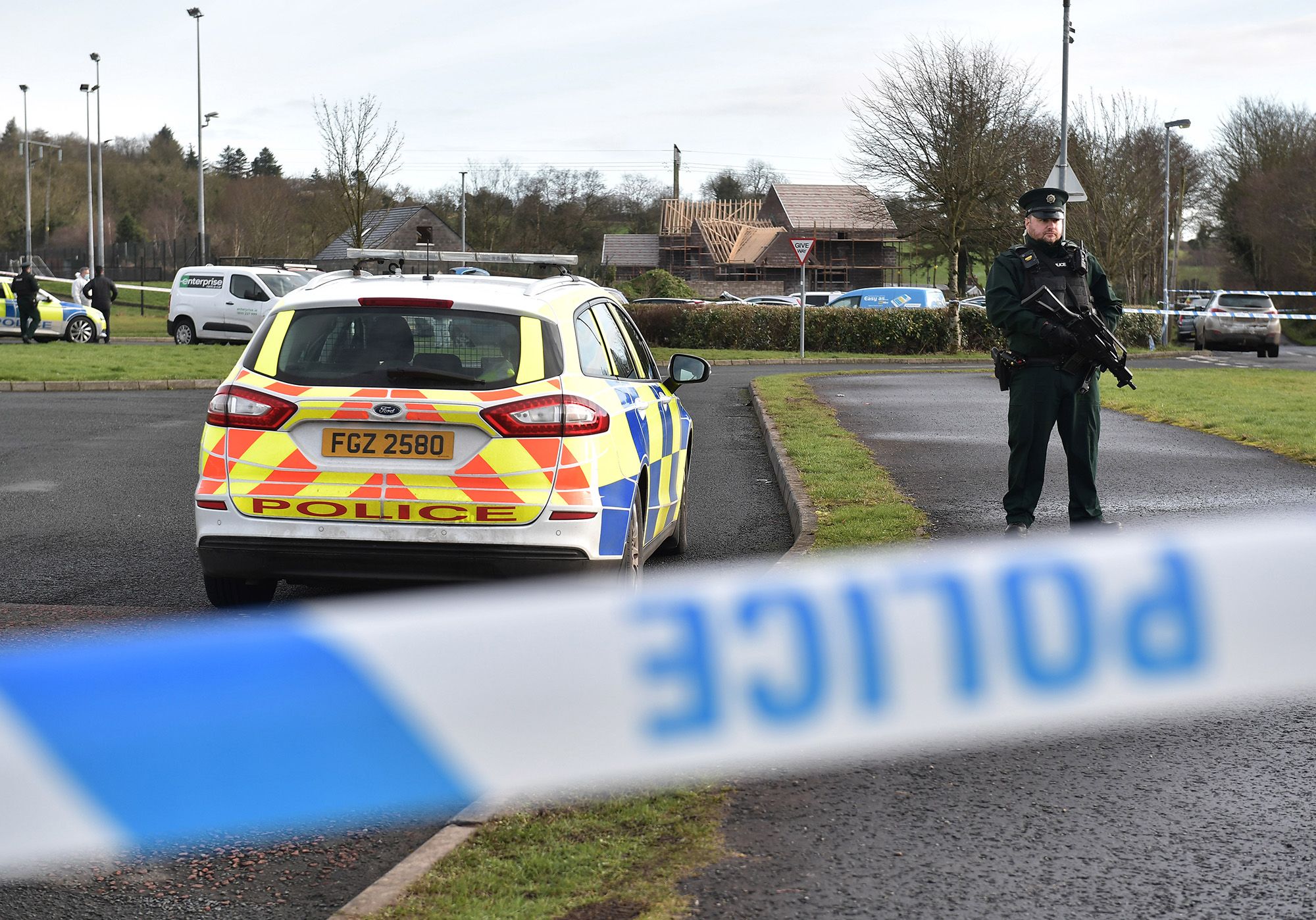The psychological warfare danger level in Northern Ireland has been decreased from extreme to significant. It implies an assault is probable, rather than almost certain, with the choice to change the danger level taken by MI5. NI Secretary Chris Heaton-Harris reported the choice and said it was a "exhaustive and thorough interaction. He said it depended on the exceptionally most recent insight and examination of variables which drive the danger.
The way that the danger level is being brought is confirmation down to the huge endeavors of the Police Administration of Northern Ireland and MI5 to handle Northern Ireland related psychological oppression, he added.This positive step mirrors the responsibility of networks from across Northern Ireland to construct a more secure spot to live and work.
As could be, general society ought to stay cautious and report any worries they might have to the police. There stays a not set in stone to weaken the political settlement in Northern Ireland through demonstrations of psychological warfare.
What Are The Threat Levels?
MI5, as opposed to the PSNI or the public authority, is liable for setting the Northern Ireland psychological oppression danger level, which it has been distributing beginning around 2010. MI5, the UK's Security Administration, is accepted to audit the danger level at regular intervals. Danger levels are intended to give a sign of the probability of a fear monger assault and there are five rankings going from low to basic.
The danger level has returned to its absolute bottom since MI5 initially started distributing its appraisals in 2010. It is generally - while perhaps not solely - an assessment of nonconformist conservative abilities, as these gatherings fit the characterization of assaults against the state. The downsize could seem unpretentious and nobody will see any distinction in policing. An overall pointer assaults are more irregular in nature and that gatherings like the New IRA as of now need energy. Nonetheless, this isn't to imply that they have lost all capacity to complete shootings or bombings.

The psychological warfare danger level in Northern Ireland was raised from significant to serious in Spring of a year ago. That followed an ascent in dissenter conservative movement, including a firearm assault on a cop. Det Ch Insp John Caldwell was fired a few times by two shooters as he was placing footballs into his vehicle boot having been training a young instructional meeting in Omagh, District Tyrone in February 2023.
He has driven high-profile investigations into murders, coordinated wrongdoing and protester conservatives. Police Administration of Northern Ireland (PSNI) boss constable Jon Boutcher invited the danger level decrease and said it was "demonstration of all of our aggregate long haul endeavors, specifically the local area, in accomplishing the sort of society that we as a whole need and merit. He expressed that over late years the PSNI had "effectively forestalled assaults and explored and sought after gatherings, for example, the New IRA, who couldn't care less about setting our networks at huge gamble through their foolish endeavors to kill cops.
It is miserable that there is as yet a little gathering inside our general public who are resolved to inflicting damage and hauling Northern Ireland back to the past, he added. Nobody believes that this and we will proceed should seek after anybody included and get them under the watchful eye of the courts request to make our networks more secure.
Remain Vigilant
Liam Kelly of the Police League for Northern Ireland (PFNI) encouraged officials to stay careful in spite of the decrease of the danger level. This amended evaluation is very positive news, yet it doesn't mean our officials can loosen up their watchman," he said. We actually have fear mongers who need to kill officials and, despite the fact that there have been critical advances made against them, they stay a threat to our officials.
The Formation of Northern Ireland, Catholic Grievances, and the Leadership of Terence O’Neill
Of the nine current regions that comprised Ulster in the mid twentieth 100 years, four Antrim, Down, Armagh, and Londonderry (Derry) had critical Protestant supporter greater parts; two Fermanagh and Tyrone had little Catholic patriot dominant parts; and three Donegal, Cavan, and Monaghan had huge Catholic patriot greater parts. In 1920, during the Irish Conflict of Freedom (1919-21), the English Parliament, answering to a great extent to the desires of Ulster followers, established the Public authority of Ireland Act what separated the island into two self-overseeing regions with lapsed Home Rule-like powers.

What might come to be known as Northern Ireland was framed by Ulster's four larger part supporter regions alongside Fermanagh and Tyrone. Donegal, Cavan, and Monaghan were joined with the island's leftover 23 regions to frame southern Ireland. The Old English Irish Settlement that finished the Conflict of Autonomy then, at that point, made the Irish Free State in the south, giving it territory status inside the English Domain. It likewise permitted Northern Ireland the choice of staying beyond the Free State, which it obviously decided to do.
In this manner, in 1922 Northern Ireland started working as a self-overseeing locale of the Unified Realm. 66% of its populace (around 1,000,000 individuals) was Protestant and around 33% (approximately 500,000 individuals) was Catholic. A long time before parcel, Northern Ireland, especially Belfast, had drawn in monetary transients from somewhere else in Ireland looking for work in its thriving cloth making and shipbuilding businesses. The best positions had gone to Protestants, yet the murmuring neighborhood economy actually gave work to Catholics.
Civil Rights Activism, the Battle of Bogside, and the Arrival of the British Army
In spite of the arrangements of UUP state run administrations that burdened Catholics, the Training Act that the Northern Ireland Parliament passed into regulation in 1947 expanded instructive open doors for all residents of the area. Subsequently, the age of knowledgeable Catholics who grew up during the 1960s had new assumptions for more evenhanded treatment.
At the point when political activism was on the ascent in Europe from the occasions of May 1968 in France to the Prague Spring and when the American social equality development was taking extraordinary steps, Catholic activists in Northern Ireland, for example, John Hume and Bernadette Devlin met up to frame social equality gatherings like the Northern Ireland Social liberties Affiliation (NICRA).

Albeit more than one fiercely upset political walk has been highlighted as the beginning stage of the Difficulties, it tends to be contended that the catalyzing occasion happened on October 5, 1968, in Derry, where a walk had been coordinated by the NICRA to fight separation and manipulating.
The walk was prohibited when unionists reported that they would organize a counterdemonstration, however the NICRA chose to complete their dissent at any rate. Revolting then emitted after the RUC savagely stifled the marchers with cudgel and a water cannon.




